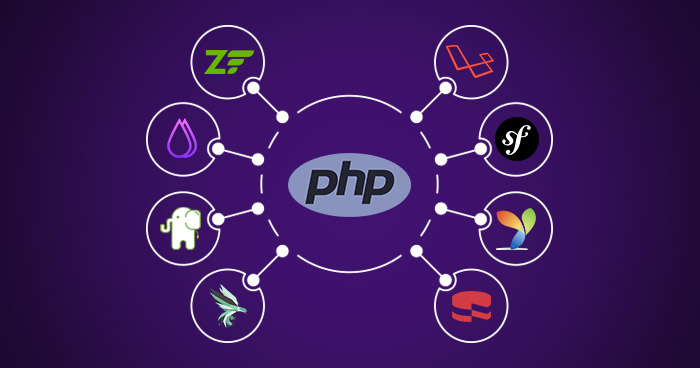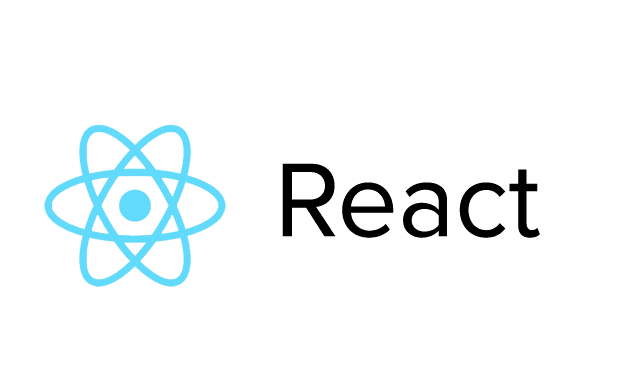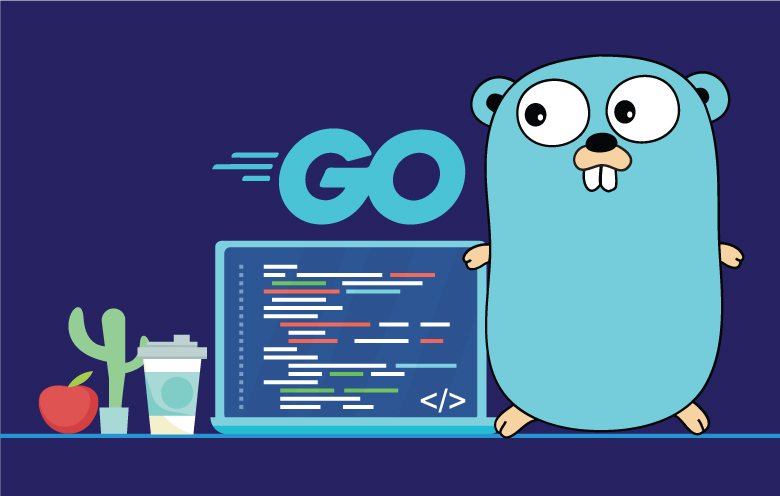Table of Contents
Introduction:
PHP is one of the most widely used programming languages in the world of web development. It has been a driving force behind the growth of the web, powering countless websites and web applications. It stands for Hypertext Preprocessor and is a server-side scripting language that allows developers to create dynamic websites and web applications. In this comprehensive guide, we’ll dive into the world of it and explore its many features, advantages, and applications.

What is PHP?
PHP is a server-side scripting language that is used to create dynamic web pages. Unlike client-side scripting languages, such as JavaScript, which are executed on the client’s browser, its code is executed on the server. This makes it a powerful tool for building robust, secure, and scalable web applications.
It was first released in 1995 and has since grown to become one of the most widely used programming languages in the world. It is an open-source language, which means that it is free to use and can be modified and distributed by anyone. This has contributed to its widespread adoption and has helped to create a large community of developers who are constantly improving and adding new features to the language.
PHP, which stands for Hypertext Preprocessor, is a server-side scripting language that is widely used for developing dynamic web pages. It was created in 1994 by Rasmus Lerdorf as a simple scripting language for generating dynamic content on the web, but has since evolved into a full-featured programming language used by millions of websites and web applications around the world.
In contrast to client-side scripting languages like JavaScript, which are executed on the client’s browser, this code is executed on the server. This means that ITS code is processed by the server and the results of that processing are returned to the client’s browser. This is an important distinction because it makes PHP a powerful tool for building robust, secure, and scalable web applications.
One of the key benefits of using IT as a server-side scripting language is its ability to interact with databases. PHP can be used to retrieve data from a database, such as a MySQL database, and then present that data to the user in a web page. This makes it possible to build dynamic web applications that can retrieve and display data from a database in real-time, providing users with up-to-date information.
Another advantage of using THIS as a server-side scripting language is that it is extremely flexible. iT is an open-source language, which means that it is free to use and can be modified by anyone. This has led to the creation of a large community of developers who have contributed to the development of the language, creating a wealth of tools, libraries, and extensions that can be used to extend the functionality of IT.
Furthermore, IT is a cross-platform language, which means that it can run on any operating system, including Windows, Linux, and macOS. This makes it a versatile tool that can be used to build web applications that can run on a variety of different platforms.
One of the most important features of THIS is its security features. iT is designed to be a secure language, with built-in functions and techniques for preventing common security vulnerabilities such as cross-site scripting (XSS) and SQL injection attacks. This makes it an ideal choice for building secure web applications that are protected against malicious attacks.
In conclusion, PHP is a powerful and versatile server-side scripting language that is widely used for building dynamic web applications. Its ability to interact with databases, its flexibility, cross-platform compatibility, and security features make it a popular choice for developers around the world. Whether you are building a simple website or a complex web application, PHP is a language that is worth considering for your next project.
Why Use PHP?
There are several reasons why PHP has become so popular among web developers. Here are a few of the key advantages of using PHP:
- Ease of Use: PHP is easy to learn, even for those who are new to programming. It has a simple syntax that is easy to read and write, and its development environment is straightforward and user-friendly.
- Open-Source: Being an open-source language, PHP is free to use and has a large community of developers who are constantly contributing to its growth and development. This makes it a cost-effective option for building websites and web applications.
- Dynamic Web Pages: PHP enables developers to create dynamic web pages, which are web pages that change based on user input or other conditions. This makes it an ideal tool for creating interactive and engaging web experiences.
- Widely Supported: PHP is supported by most web servers and can be used on a variety of operating systems, including Windows, Mac, and Linux. This makes it a versatile and flexible option for building web applications.
- Scalable: PHP is a scalable language, which means that it can handle large amounts of data and traffic. This makes it a great option for building websites and web applications that are expected to grow over time.
Applications of PHP:
PHP is a versatile language that is used in a wide range of applications, from simple websites to complex web applications. Here are a few examples of the types of projects that can be built with PHP:
E-commerce Websites:
PHP is a popular choice for building e-commerce websites, as it provides the necessary tools for creating a secure and scalable online store.
Content Management Systems (CMS):
it is the underlying technology behind many popular content management systems, including WordPress, Joomla, and Drupal.
CRM Systems:
Customer Relationship Management (CRM) systems are used by businesses to manage their interactions with customers, and it is often used to build these systems.
Social Networking Sites:
It is a popular choice for building social networking sites, as it provides the necessary tools for creating interactive and engaging web experiences.


